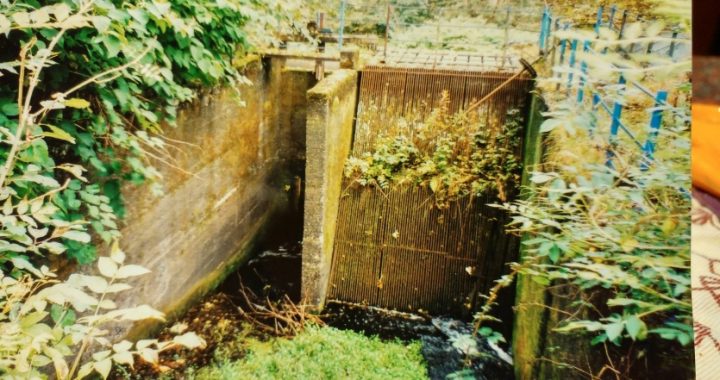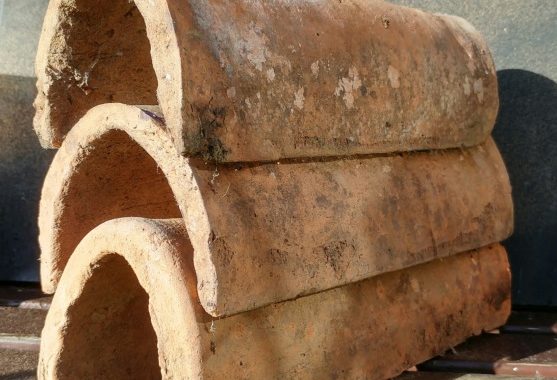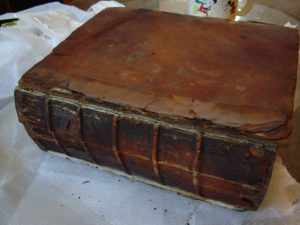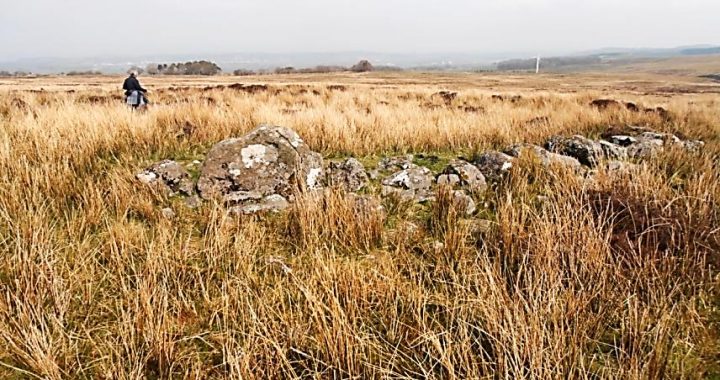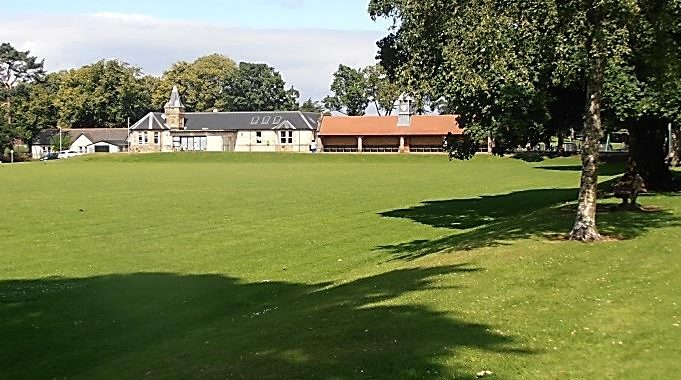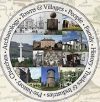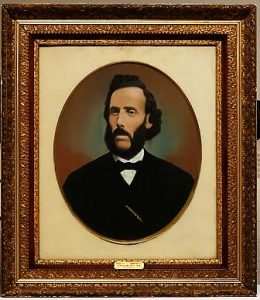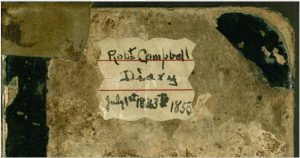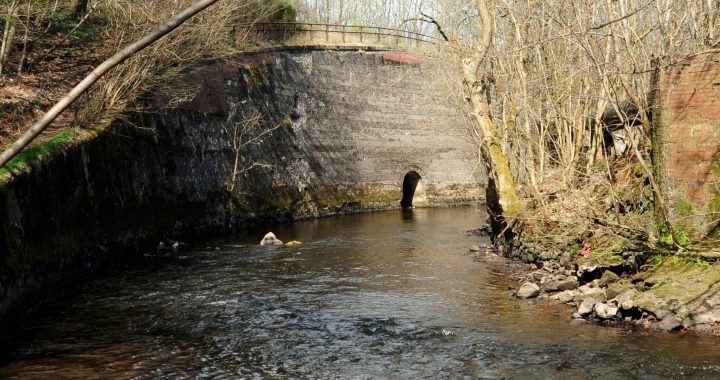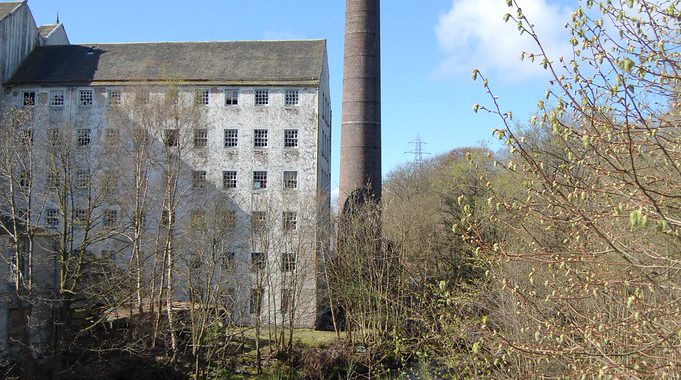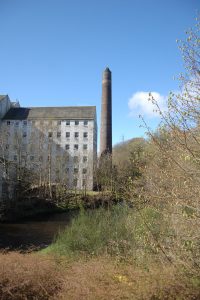Concluding the eight-part journey down the Black Cart:
Just before the Black Cart joins the Gryfe at Blackstoun, the last of its burns, the Candren, falls into the river. Along with the Espedair Burn, which falls into the White Cart opposite Paisley Abbey, the Candren Burn powered and provided process water for two dozen bleachfields south of Paisley, around half of which were on the Candren.
The plethora of high quality textiles produced in and around Paisley from the 1740s created a demand for high quality bleaching and finishing. Textile manufactories or weaving shops in the town, such as the Paisley Stocking Factory ‘put out’ work to most of these bleachfields.
The highest bleachfield on the Candren Burn was at Foxbar, followed by two at Causewayend, a mill and bleachfield at Lounsdale, then further bleachfields at Hillfoot, Bredisland, and two at Meiklerigs. Much of the burn is now culverted among Paisley suburbia, forgotten until heavy rain causes it to rise and flood property.
The burn then passes under the Johnstone Canal, where the poet Tannahill drowned, then through the site of Ferguslie Cotton Mills, to Millarston Bleachfield. Finally, it crossed Paisley Moss. After the burn passes under what is now the Johnstone Bypass (A737), it enters the Black Cart below Candren itself, near Blackstoun. Candren Bleachfield, was one of the earliest in the county, established by 1752.
By the 1780s each field on the burn covered at least two acres, though Causewayend (East) and Lounsdale, both owned by John Craig, were already three times this size. As well as using the burn for process water, most of the bleachfields had water powered wash mills, and latterly added other power driven machinery. Several small reservoirs were built along the burn to store water. The largest survives as Durrockstock Pond. The workers cottages for the bleachfields were the core of the settlements which now form Paisley’s southern suburbs.
In conclusion
The Black Cart from its source to Clyde has powered at least 50 mills and water driven industries. Some of the traditional grain and waulk mills lasted for centuries, others only a few decades. Some remain to be redis
The days of water power are far from past. Some of the bigger mills, including Johnstone Old Cotton Mill, latterly installed turbines to generate electricity from their lades. The image above shows the outlet from a turbine at Old Cotton Mill, Johnstone. Other old mill sites on the Black Cart and its burns are now attracting interest for the small-scale generation of electricity.
© 2017 Stuart Nisbet, Renfrewshire Local History Forum

